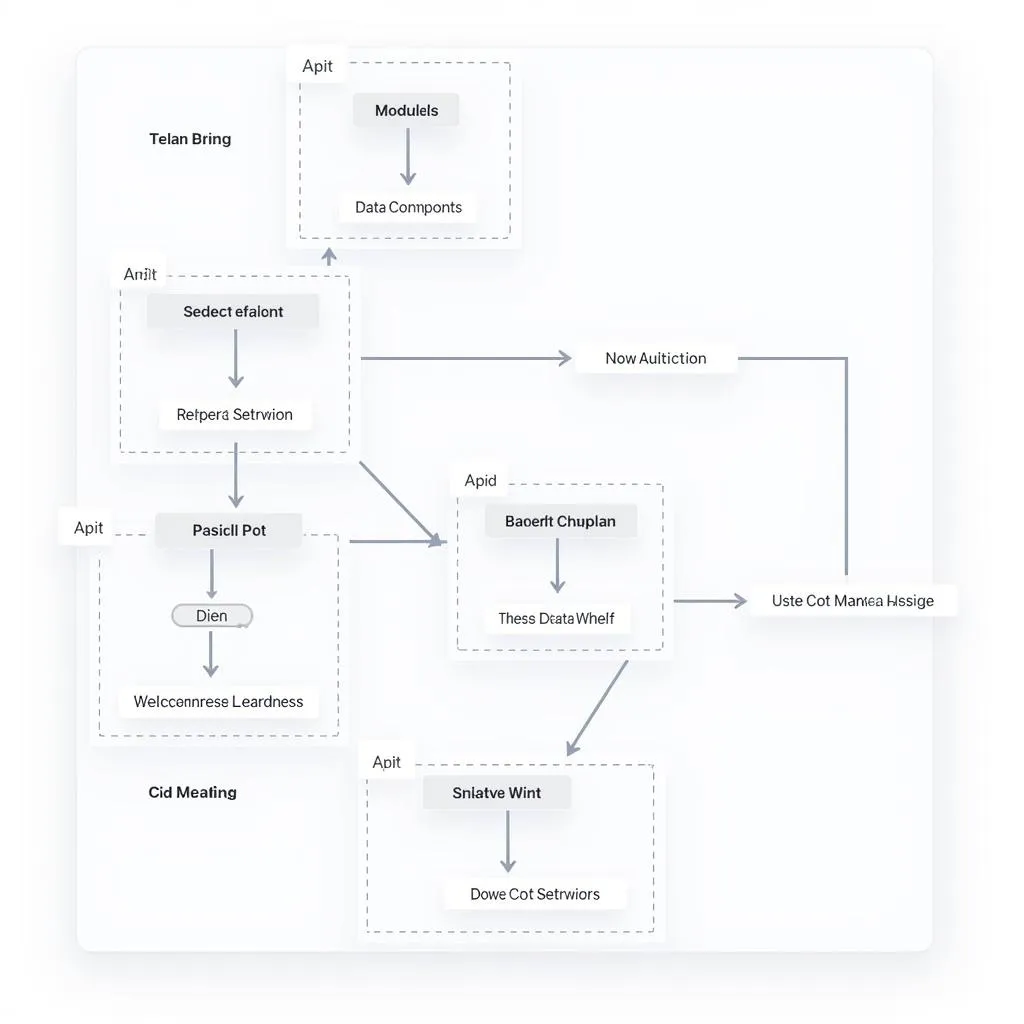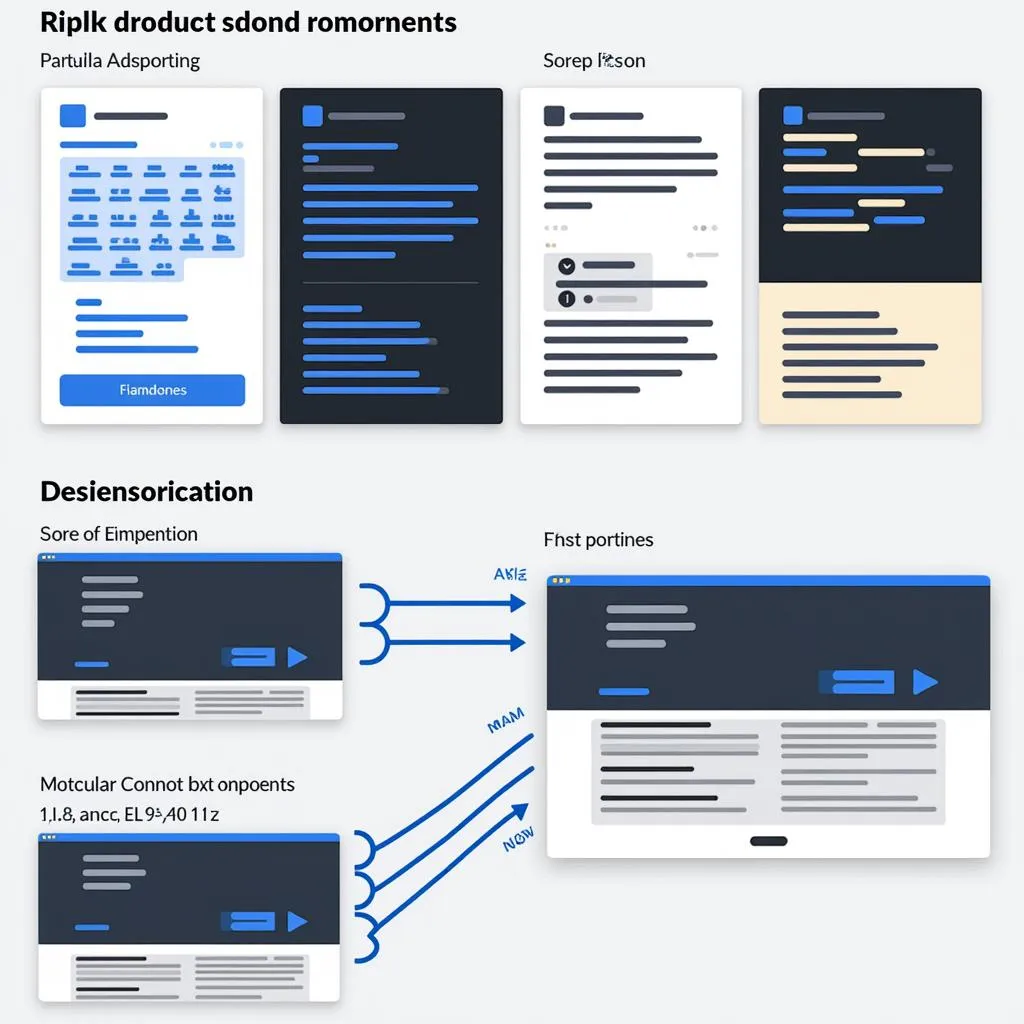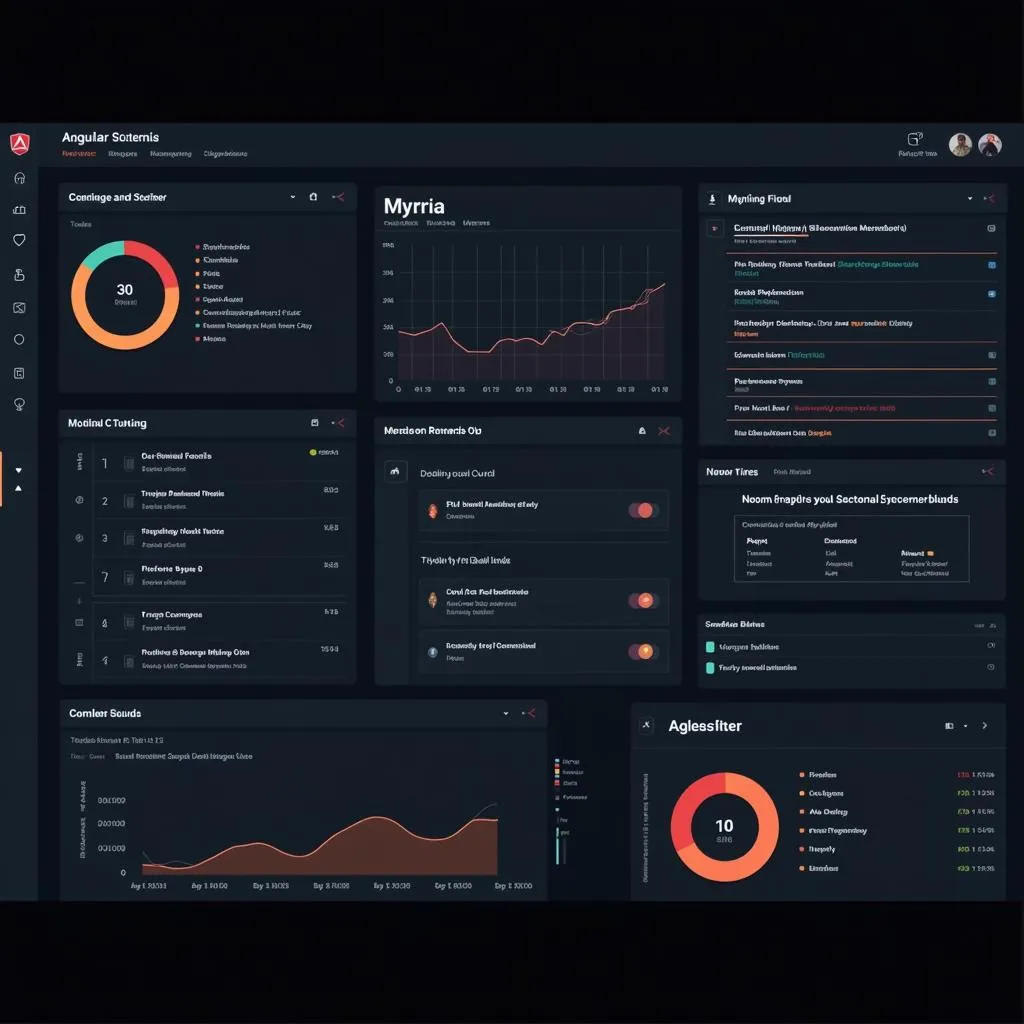Angular SPA (Single Page Application) architecture has become a popular choice for building modern web applications, offering a dynamic and seamless user experience. However, when it comes to large enterprise applications with complex requirements, leveraging the full potential of Angular SPA requires careful consideration and strategic implementation.
This comprehensive guide delves into the intricacies of building and scaling Angular SPAs for large enterprise applications. We will explore best practices, architectural patterns, and advanced techniques to help you create robust, maintainable, and high-performing solutions.
Why Angular SPA for Enterprise Applications?
Angular, developed and maintained by Google, provides a comprehensive framework for building scalable and maintainable applications. Its component-based architecture, dependency injection, and powerful tooling make it an ideal choice for enterprise-level projects.
Advantages of Angular SPA for Large-Scale Projects:
- Modularity and Reusability: Angular’s component-based structure promotes code modularity, making it easier to break down complex applications into smaller, reusable units. This enhances code organization, maintainability, and reduces development time.
- Testability: Angular is designed with testability in mind. Its dependency injection system and clear separation of concerns facilitate unit and integration testing, ensuring code quality and reducing the likelihood of bugs.
- Scalability: Angular’s modular architecture and efficient change detection mechanism enable applications to scale effectively. As the application grows, new features and components can be added seamlessly without compromising performance.
- Performance Optimization: Angular offers various performance optimization techniques, such as lazy loading, ahead-of-time (AOT) compilation, and efficient change detection, to ensure fast loading times and smooth user experiences, even for complex applications.
Architectural Considerations for Enterprise Angular SPAs
Designing a robust architecture is paramount when building large-scale Angular SPAs. Here are key considerations:
1. Monorepo vs. Multirepo:
Deciding between a monorepo (single repository for all code) and multirepo (separate repositories for different parts of the application) is crucial for managing codebase complexity. Monorepos offer code sharing and simplified dependency management but can become cumbersome as the project grows. Multirepos provide better isolation and team autonomy but require careful coordination.
2. State Management:
As the application scales, managing the application’s state effectively becomes crucial. Utilizing state management libraries like NgRx or Akita can help centralize state management, making it easier to track changes, debug issues, and ensure data consistency across components.
3. API Design and Communication:
Efficient communication between the frontend and backend is essential. Define clear API contracts, leverage caching mechanisms, and implement robust error handling to ensure seamless data exchange and prevent data inconsistencies.
Best Practices for Building Large-Scale Angular SPAs:
1. Implement a Modular Design:
Break down the application into smaller, well-defined modules based on features or functionality. This promotes code reuse, maintainability, and allows for independent development and deployment of modules.
2. Utilize Lazy Loading:
Improve initial loading times by loading modules and components only when needed. Lazy loading helps reduce the initial bundle size, resulting in faster startup times and a smoother user experience.
3. Optimize Change Detection:
Angular’s change detection mechanism can impact performance, especially in large applications. Use OnPush change detection strategy, trackBy function in *ngFor directives, and optimize data flow to minimize unnecessary change detection cycles and improve rendering performance.
 Angular SPA Architecture Diagram
Angular SPA Architecture Diagram
4. Leverage Angular CLI and Tooling:
Utilize the power of the Angular CLI (Command Line Interface) for code generation, scaffolding, testing, and building the application. Leverage Angular’s rich tooling ecosystem, including debugging tools, linters, and code formatters, to streamline development workflows and maintain code quality.
5. Implement a Design System:
Establish a design system to ensure consistency in UI/UX across the application. Utilize Angular’s component library capabilities to create reusable UI components that adhere to the defined design system, ensuring a unified look and feel.
 Angular Design System Components
Angular Design System Components
Conclusion
Building and scaling Angular SPAs for large enterprise applications requires careful planning, a well-defined architecture, and adherence to best practices. By following the principles outlined in this guide, you can create robust, maintainable, and high-performing applications that meet the demands of complex enterprise environments. Remember to prioritize modularity, performance optimization, and a consistent design system to ensure a successful and scalable Angular SPA for your enterprise needs.
FAQs about Angular SPA for Large Enterprise Applications:
1. What are the key challenges of building large Angular applications?
Building large Angular applications presents challenges such as managing application state, maintaining code consistency and modularity, and optimizing performance.
2. How can I improve the performance of my large Angular SPA?
Optimize performance through techniques like lazy loading, change detection optimization, efficient data binding, and utilizing performance profiling tools.
3. What are some recommended state management solutions for large Angular SPAs?
NgRx and Akita are popular state management libraries that provide centralized state management, making it easier to manage data flow and ensure consistency.
4. What are some best practices for testing large Angular applications?
Implement a comprehensive testing strategy that includes unit tests for individual components, integration tests for interactions between components, and end-to-end (E2E) tests to simulate real user scenarios.
5. How can I ensure maintainability in a large Angular codebase?
Follow a modular design, adhere to coding conventions, implement clear documentation, and leverage linters and code formatters to maintain code consistency and readability.
 Screenshot of a Large-Scale Angular Application
Screenshot of a Large-Scale Angular Application
Need help building or scaling your enterprise Angular application? Contact us at Phone Number: 0373298888, Email: [email protected], or visit us at 86 Cau Giay, Hanoi. Our team is available 24/7 to assist you.